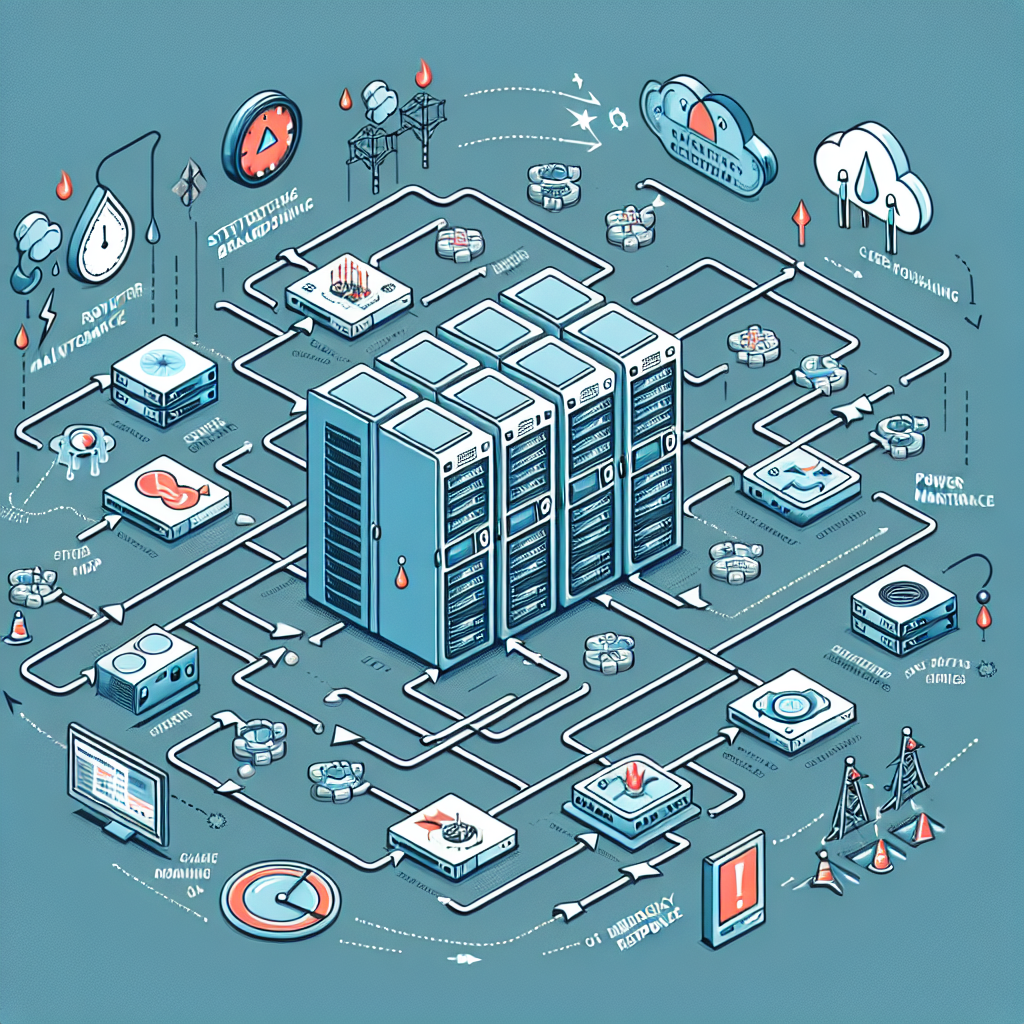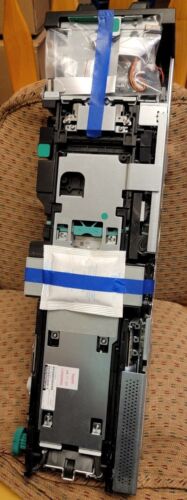Data centers are the heart of any organization’s IT infrastructure, housing critical systems and applications that keep businesses running smoothly. However, just like any other complex system, data centers are prone to incidents that can disrupt operations and potentially lead to data loss or downtime. It is crucial for IT teams to have effective strategies in place to handle these incidents quickly and efficiently.
Here are some effective strategies for handling data center incidents:
1. Implement a comprehensive monitoring system: The first step in handling data center incidents is to have a robust monitoring system in place that can alert IT teams to any potential issues. This system should be able to track key performance indicators such as server performance, network traffic, and storage capacity, and provide real-time alerts when thresholds are exceeded.
2. Create an incident response plan: Having a well-defined incident response plan is crucial for ensuring that data center incidents are handled in a timely and efficient manner. This plan should outline the steps that IT teams need to take when an incident occurs, including who should be notified, how the incident should be escalated, and what actions need to be taken to resolve the issue.
3. Conduct regular training and drills: It is important for IT teams to regularly train on how to handle data center incidents and conduct drills to simulate different scenarios. This will help ensure that team members are familiar with the incident response plan and can act quickly and confidently when an incident occurs.
4. Establish clear communication channels: Effective communication is key to resolving data center incidents quickly. IT teams should have clear communication channels in place, such as a dedicated incident response channel or a communication tree, to ensure that all team members are kept informed of the incident and can coordinate their efforts effectively.
5. Conduct post-incident analysis: After an incident has been resolved, it is important to conduct a post-incident analysis to identify the root cause of the issue and prevent it from happening again in the future. This analysis should include a review of the incident response process, any gaps or weaknesses that were identified, and recommendations for improvements.
By implementing these effective strategies for handling data center incidents, IT teams can ensure that their data centers remain resilient and can quickly recover from any disruptions. With a proactive approach to incident management, organizations can minimize the impact of incidents on their operations and maintain the availability and integrity of their critical systems and applications.













